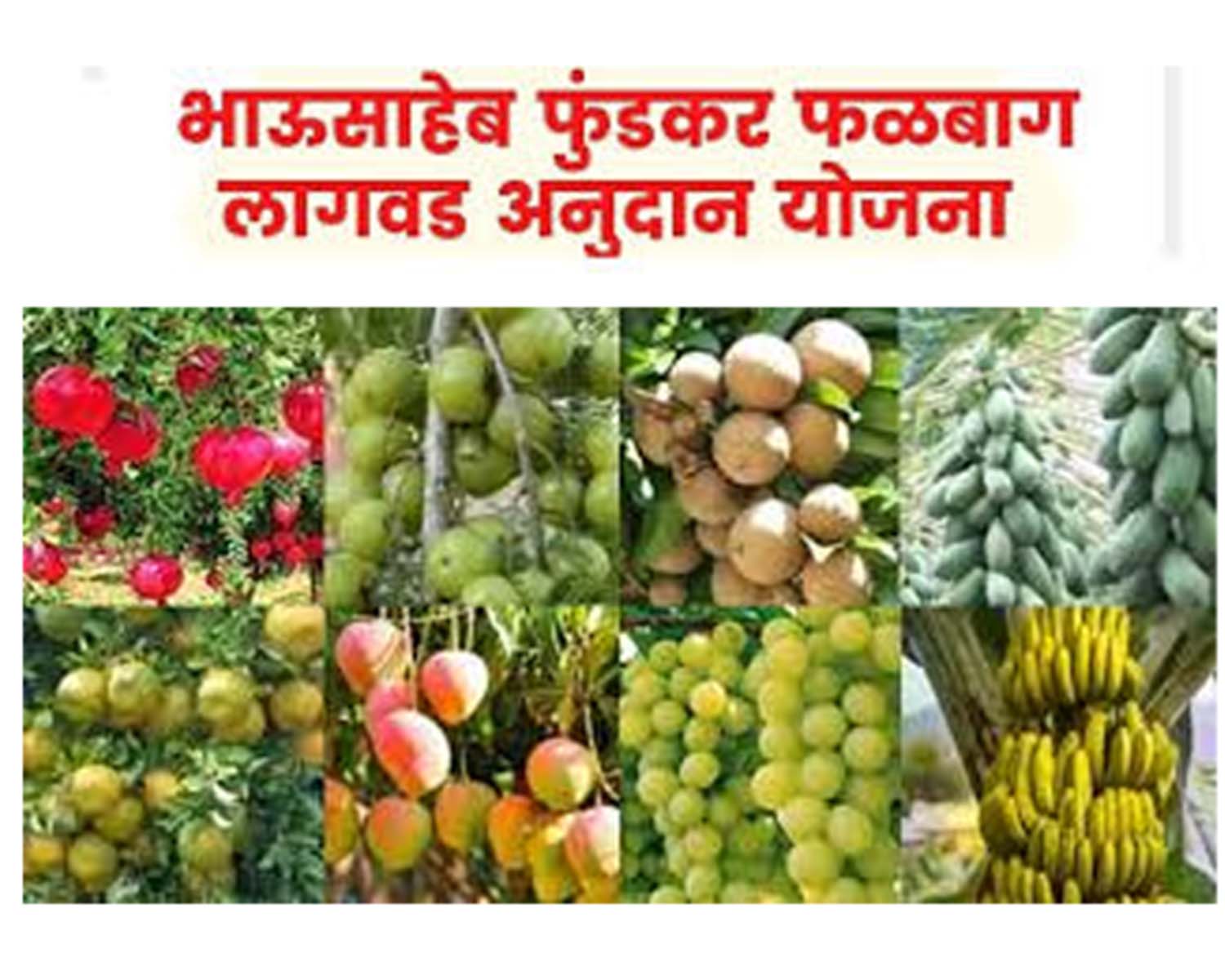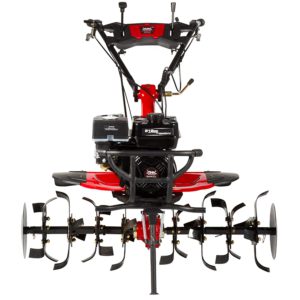18
Aug
Understanding the PM Fasal Bima Yojana: A Safety Net for Indian Farmers
Understanding the PM Fasal Bima Yojana: A Safety Net for Indian Farmers
Farming is the backbone of India, yet it's a profession fraught with risks. Unpredictable weather, pest infestations, and market fluctuations can wipe out an entire season's hard work, leaving farmers in dire straits. Recognizing this vulnerability, the Indian government launched the Pradhan Mantri Fasal Bima Yojana (PMFBY), a crop insurance scheme aimed at providing financial support to farmers in times of distress. Let's delve into what the PMFBY is all about and how it works.What is the PM Fasal Bima Yojana (PMFBY)?
The PMFBY, launched in 2016, is a comprehensive crop insurance scheme that replaced the existing National Agricultural Insurance Scheme (NAIS) and Modified National Agricultural Insurance Scheme (MNAIS). It's designed to be more farmer-friendly and technologically driven, with the ultimate goal of stabilizing farmers' income and encouraging investment in agriculture.Key Features of the PMFBY
- Low Premium Rates: Farmers pay a significantly subsidized premium, with the government bearing a major share.
- Wide Coverage: The scheme covers a wide range of crops, including food crops, oilseeds, and horticultural crops.
- Technology Integration: Use of technology like remote sensing and drones for faster and more accurate crop assessment and claim settlement.
- Comprehensive Risk Coverage: Protects against various risks including natural calamities like drought, flood, hailstorm, and pest attacks.
- Voluntary Participation: While encouraged, participation in the scheme is voluntary for farmers.
Who is Eligible for the PMFBY?
All farmers who own cultivable land are eligible to enroll in the PMFBY. This includes:- Farmers growing notified crops in notified areas.
- Both loanee and non-loanee farmers.
- Share-croppers and tenant farmers in some states.
How Does the PMFBY Work?
The process involves a few key steps:Enrollment
Farmers need to enroll in the scheme during the designated enrollment period, usually before the sowing season. They need to provide details about their land, crops, and bank account information.Premium Payment
Farmers pay a subsidized premium based on the crop and the sum insured. The premium is deducted directly from the loan amount for loanee farmers.Claim Process
In case of crop loss due to covered perils, farmers need to report the loss to the designated authorities within the stipulated time. Assessment of the loss is carried out, and the claim amount is directly transferred to the farmer's bank account.Benefits of the PMFBY
- Financial Security: Provides a safety net against crop losses, ensuring income stability for farmers.
- Encourages Investment: Reduces the risk associated with farming, enabling farmers to invest in better technologies and practices.
- Promotes Sustainable Agriculture: Encourages farmers to adopt risk mitigation strategies and sustainable farming practices.
Challenges and Future Directions
Despite its benefits, the PMFBY faces some challenges like delays in claim settlement and awareness gaps among farmers. The government is continuously working on improving the scheme through better technology integration, streamlined processes, and increased awareness campaigns.Conclusion
The PM Fasal Bima Yojana represents a significant step towards creating a more resilient and secure agricultural sector in India. By providing financial protection against unforeseen risks, the scheme empowers farmers to continue contributing to the nation's food security. To learn more about the specifics of the scheme in your region and how to enroll, contact your local agriculture department or visit the official PMFBY website.Learn More & Enroll```
Share:














